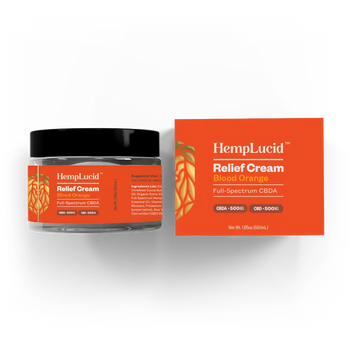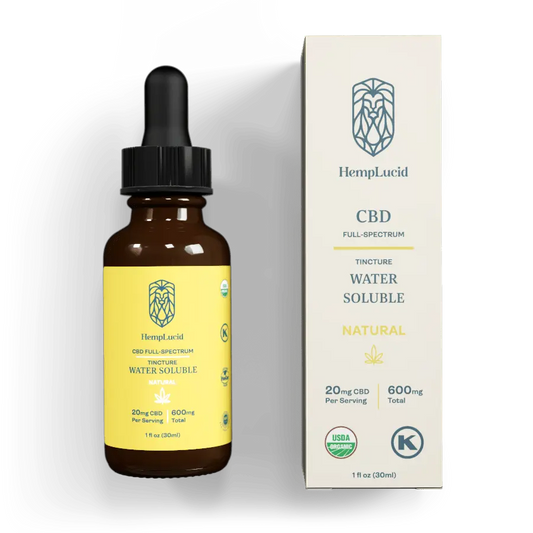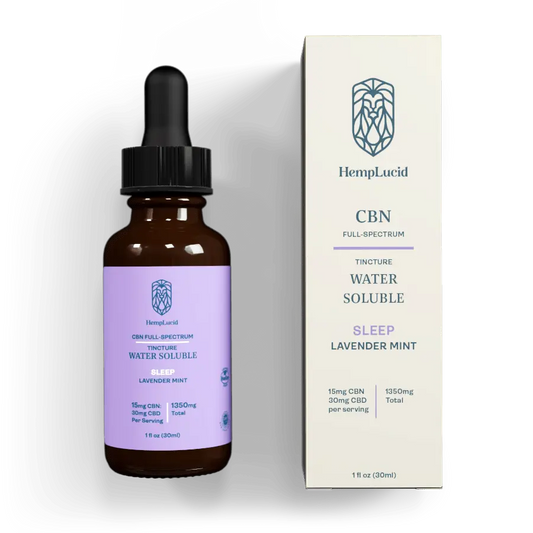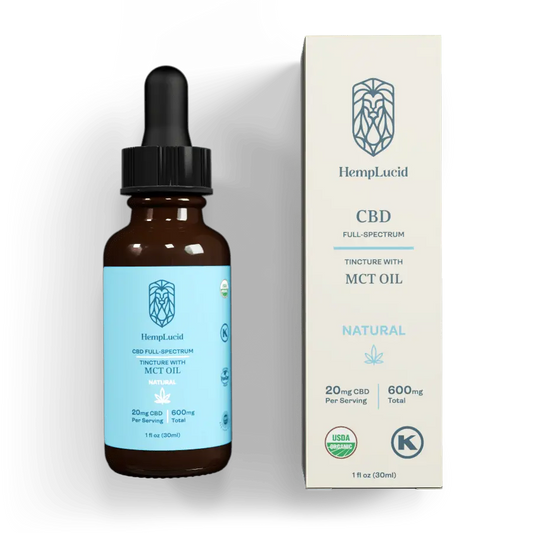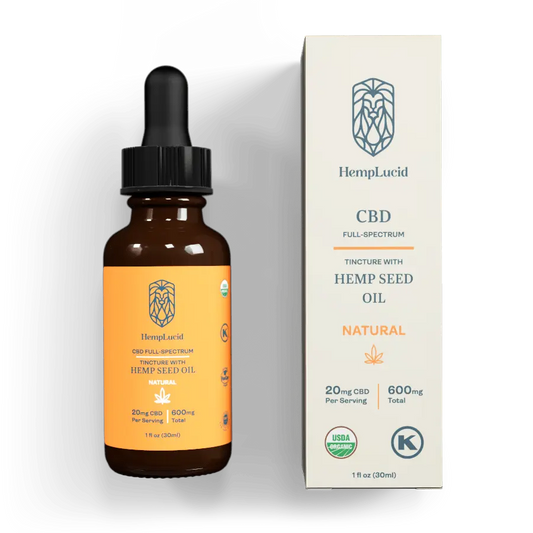Over 4,000+ Five Star Reviews
Check Out Our Blog
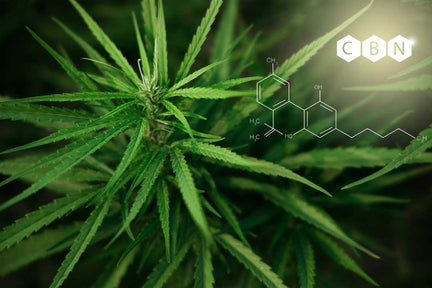
What Is CBN? The Sleep-Boosting Cannabinoid Exp...
Looking for a natural, plant-based sleep solution? HempLucid’s organic CBN products deliver restful nights without the grogginess.
Read the full articleLooking for a natural, plant-based sleep solution? HempLucid’s organic CBN products deliver restful nights without the grogginess.

Incorporating Mushroom and CBD Supplements into...
Today, more than ever before, our health and well-being are an important concern and something most people are aware of and want to improve. Current research suggests that modern people...
Read the full articleToday, more than ever before, our health and well-being are an important concern and something most people are aware of and want to improve. Current research suggests that modern people...

16 Mushroom Benefits for Women You Might Not Kn...
As a woman, it's important to take care of your health. Our diet and activity levels really contribute to both our physical and emotional health, but it's often hard to...
Read the full articleAs a woman, it's important to take care of your health. Our diet and activity levels really contribute to both our physical and emotional health, but it's often hard to...
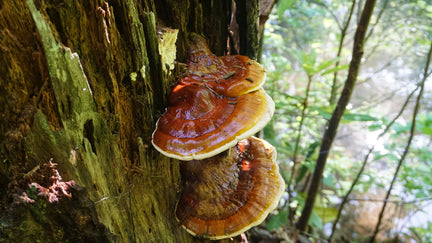
How Reishi Mushrooms Support Liver Health and A...
The Reishi mushroom is a popular choice for individuals, as many claim it provides multiple health benefits, including improved mood, a reduction in stress levels, while also being the best...
Read the full articleThe Reishi mushroom is a popular choice for individuals, as many claim it provides multiple health benefits, including improved mood, a reduction in stress levels, while also being the best...
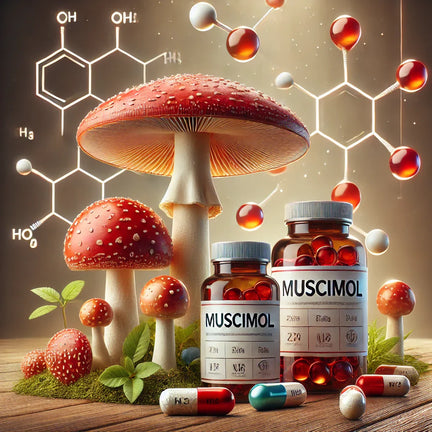
Investigating the Aphrodisiac Effects of Mushrooms
Medicinal mushrooms are known for their many unique health benefits, but are you aware that individuals are increasingly using them to improve their sex drive? We're about to answer all...
Read the full articleMedicinal mushrooms are known for their many unique health benefits, but are you aware that individuals are increasingly using them to improve their sex drive? We're about to answer all...
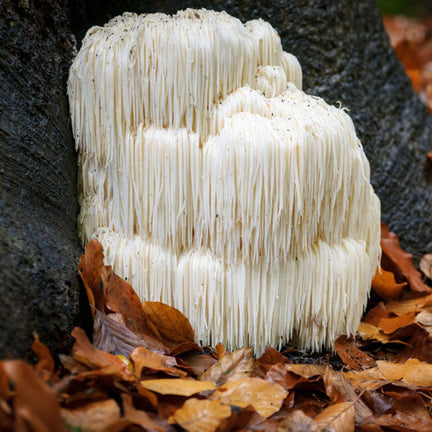
How Much Lion's Mane Should You Take?
Can too much Lion's Mane be harmful? If you have never taken any Lion's Mane, it is always a good idea to start with a lower dose. You can then...
Read the full articleCan too much Lion's Mane be harmful? If you have never taken any Lion's Mane, it is always a good idea to start with a lower dose. You can then...

Are Gummy Mushrooms Legal Everywhere? Navigatin...
Mushroom gummies have surged in popularity due to their natural health benefits, but the legality of these products varies significantly by region and type. In this guide, we’ll explore the...
Read the full articleMushroom gummies have surged in popularity due to their natural health benefits, but the legality of these products varies significantly by region and type. In this guide, we’ll explore the...

Legal Mushroom Gummies Explained: What Ingredie...
Mushroom gummies are becoming a popular choice for enhancing wellness, offering benefits such as better sleep, stress relief, and improved focus. However, their legality depends on the ingredients they contain...
Read the full articleMushroom gummies are becoming a popular choice for enhancing wellness, offering benefits such as better sleep, stress relief, and improved focus. However, their legality depends on the ingredients they contain...

Where Are Mushroom Gummies Legal? Understanding...
Mushroom gummies have gained popularity for their health benefits, particularly in addressing mental health challenges likenat anxiety and depression. However, the legal status of these gummies remains complex and varies...
Read the full articleMushroom gummies have gained popularity for their health benefits, particularly in addressing mental health challenges likenat anxiety and depression. However, the legal status of these gummies remains complex and varies...
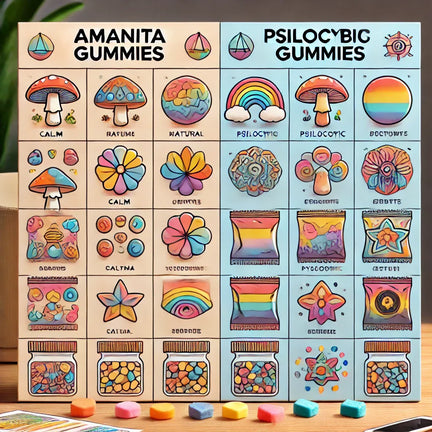
Legal and Psychoactive Differences Between Aman...
The world of mushroom edibles, including gummies, can be confusing—but we’re here to clarify the key differences between amanita and psilocybin gummies, especially regarding their legal and psychoactive properties. First...
Read the full articleThe world of mushroom edibles, including gummies, can be confusing—but we’re here to clarify the key differences between amanita and psilocybin gummies, especially regarding their legal and psychoactive properties. First...
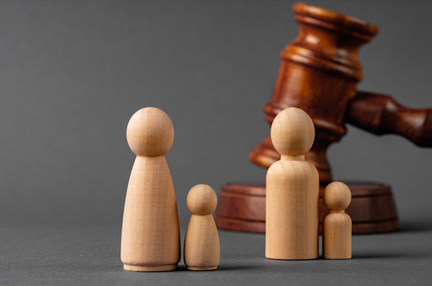
Navigating State Laws for Mushroom Gummies: Wha...
Are mushroom gummies legal in the US? To answer “yes and no” may seem like a cop-out, but it’s true. The important consideration is what exactly is in the gummies....
Read the full articleAre mushroom gummies legal in the US? To answer “yes and no” may seem like a cop-out, but it’s true. The important consideration is what exactly is in the gummies....
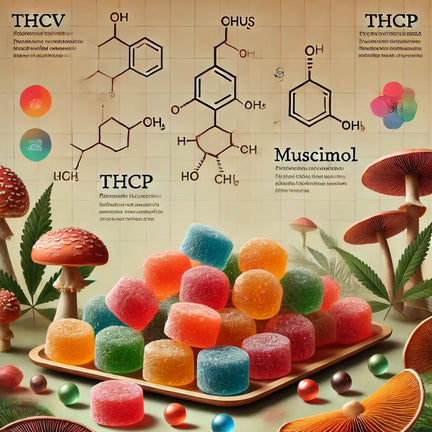
Psychoactive Compounds in Mushroom Gummies: THC...
It is important to understand exactly what a psychoactive compound is before you decide whether it is suitable for you to try. Just because something is natural or occurs naturally...
Read the full articleIt is important to understand exactly what a psychoactive compound is before you decide whether it is suitable for you to try. Just because something is natural or occurs naturally...




